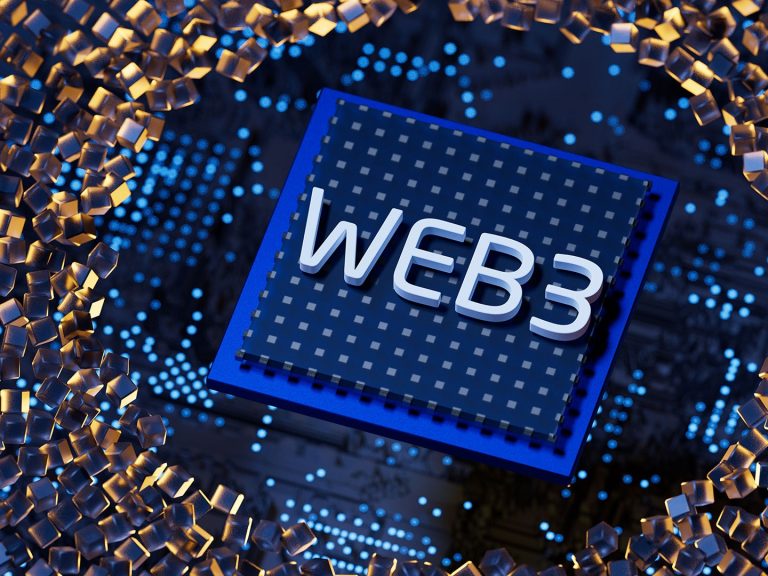
The Real-World Asset narrative is rapidly evolving, as more and more people transition to Web3. We will explore what Real-World Assets are, why they are important for the future of decentralized finance, and how they can unlock new opportunities for investors and entrepreneurs.
Real-World Assets (RWAs) are assets that exist in the physical world, such as real estate, art, commodities, or intellectual property. They are different from digital assets, such as cryptocurrencies, tokens, or NFTs, which are native to the blockchain. However, RWAs can be represented on the blockchain through tokenization, which is the process of creating a digital representation of an asset that can be verified, transferred, and traded on a decentralized network.
Tokenization of RWAs has several benefits, such as:
Increasing liquidity: Tokenization allows RWAs to be divided into smaller units that can be easily bought and sold by a larger pool of investors, without intermediaries or high transaction costs.
Register for Tekedia Mini-MBA edition 18 (Sep 15 – Dec 6, 2025) today for early bird discounts. Do annual for access to Blucera.com.
Tekedia AI in Business Masterclass opens registrations.
Join Tekedia Capital Syndicate and co-invest in great global startups.
Register for Tekedia AI Lab: From Technical Design to Deployment.
Enhancing transparency: Tokenization enables RWAs to have a clear and immutable record of ownership, provenance, and valuation on the blockchain, which reduces information asymmetry and fraud.
Improving efficiency: Tokenization streamlines the processes of issuing, managing, and transferring RWAs, by eliminating paperwork, bureaucracy, and middlemen.
Expanding access: Tokenization democratizes the access to RWAs, by lowering the barriers to entry and enabling anyone with an internet connection and a crypto wallet to participate in the global asset market.
Tokenization of RWAs is not only beneficial for the existing asset owners and investors, but also for the Web3 ecosystem as a whole. By bringing real-world value to the blockchain, tokenized RWAs can:
Diversify the crypto portfolio: Tokenized RWAs can provide exposure to different sectors and regions that are not correlated with the crypto market, which can reduce volatility and risk.
Enhance the DeFi infrastructure: Tokenized RWAs can serve as collateral for lending and borrowing platforms, or as underlying assets for derivatives and synthetic products, which can increase the liquidity and utility of DeFi protocols.
Bridge the gap between Web2 and Web3: Tokenized RWAs can attract more mainstream adoption and awareness of Web3 technologies, by connecting the traditional asset market with the innovative blockchain space.
Tokenization of RWAs is not a futuristic vision, but a reality that is happening right now. There are already several projects and platforms that are tokenizing various types of RWAs, such as:
RealT: A platform that tokenizes fractional ownership of US real estate properties, allowing investors to earn passive income from rent and capital appreciation.
Centrifuge: A protocol that enables asset originators to tokenize their real-world assets, such as invoices, royalties, or loans, and access liquidity from DeFi lenders.
NFTfi: A marketplace that allows users to borrow and lend using NFTs as collateral, such as digital art, gaming items, or domain names.
These are just some examples of how tokenization of RWAs is transforming the asset market and creating new possibilities for Web3. As more and more people transition to Web3, we can expect to see more innovation and adoption of tokenized RWAs in the near future.



